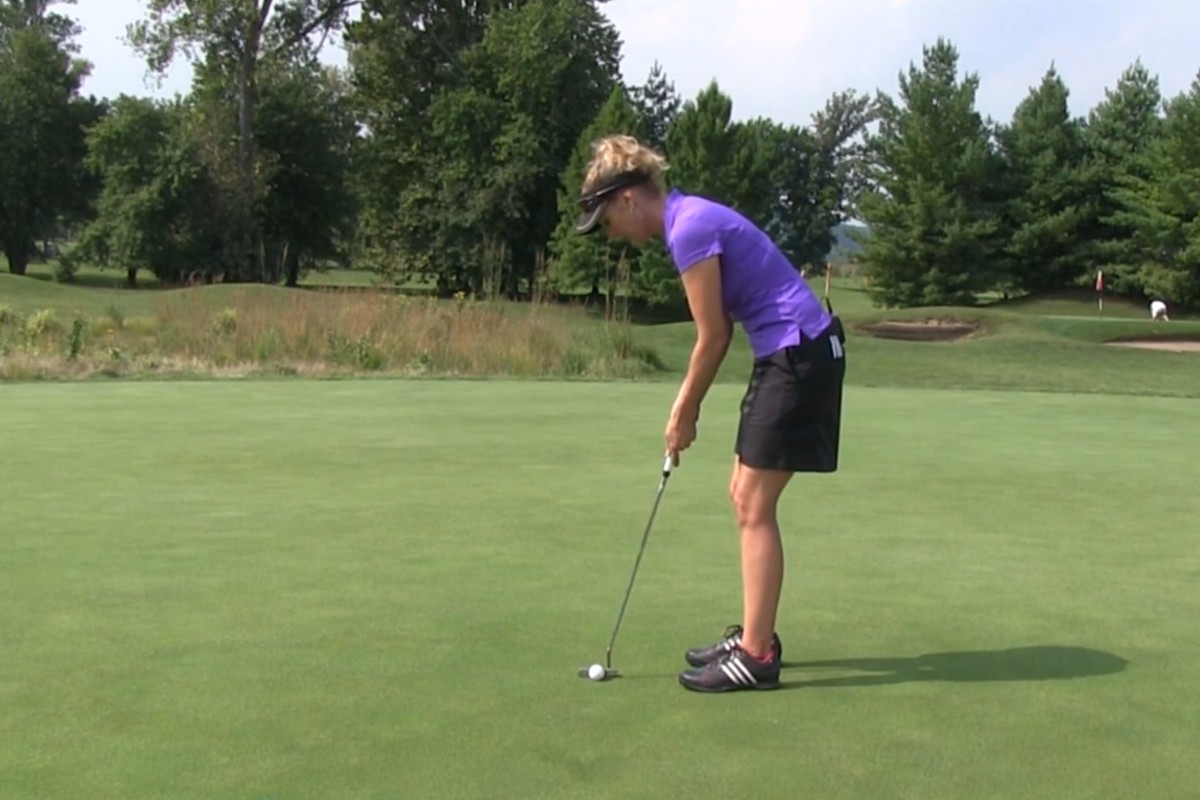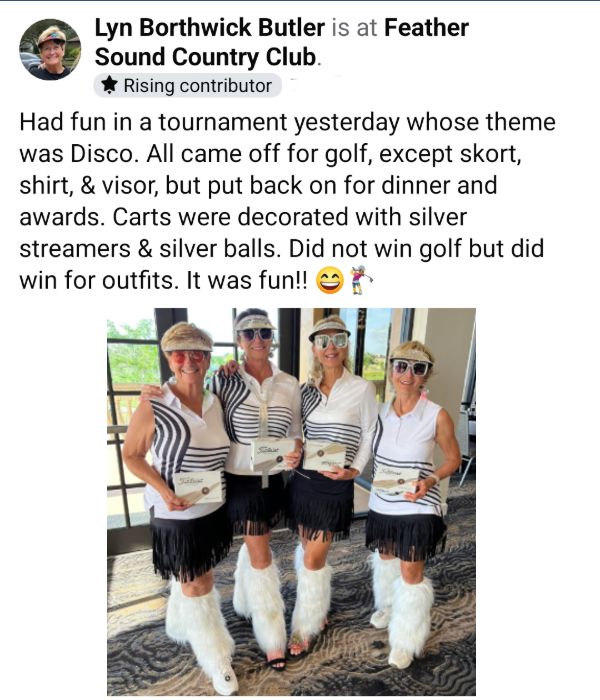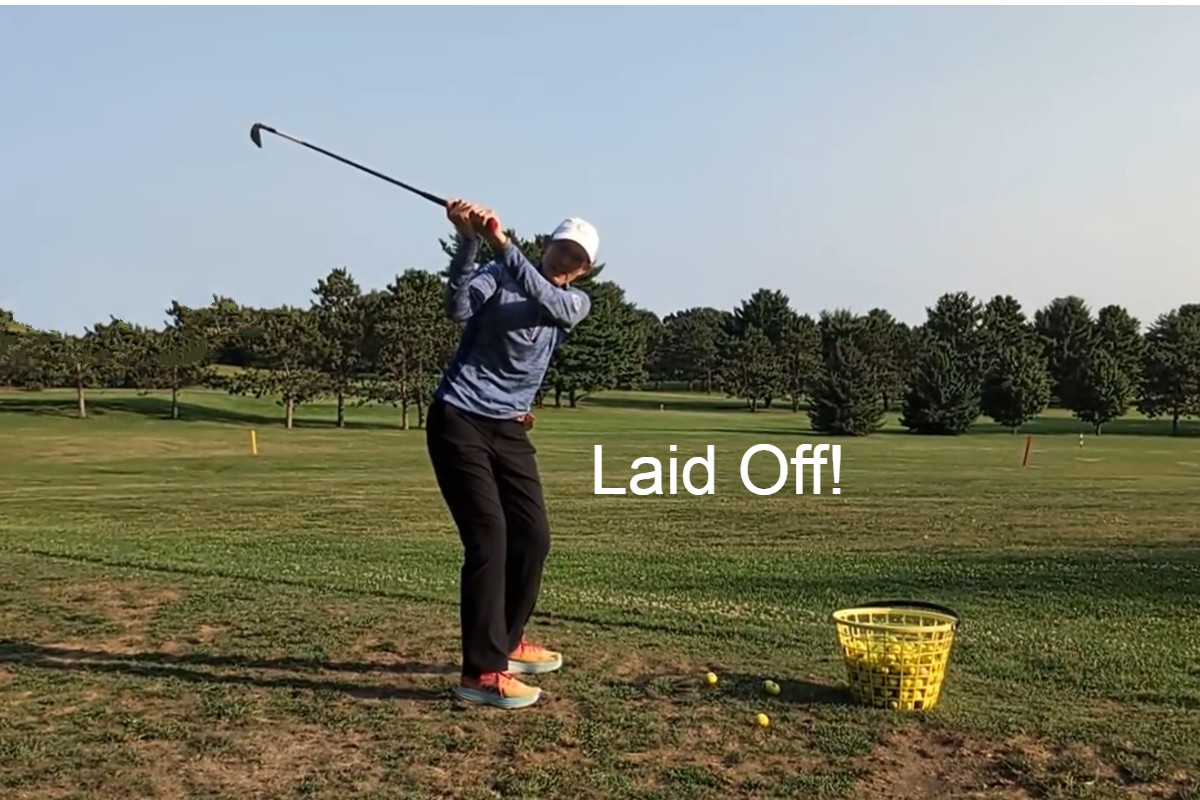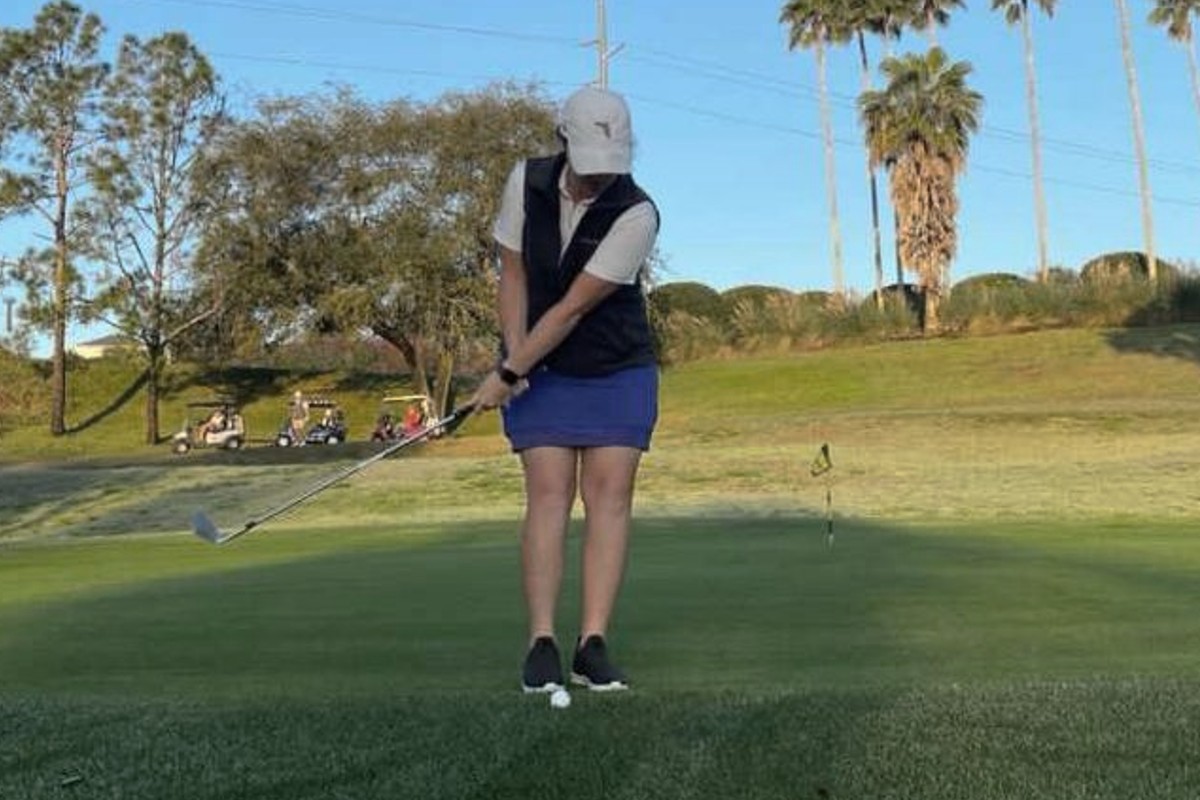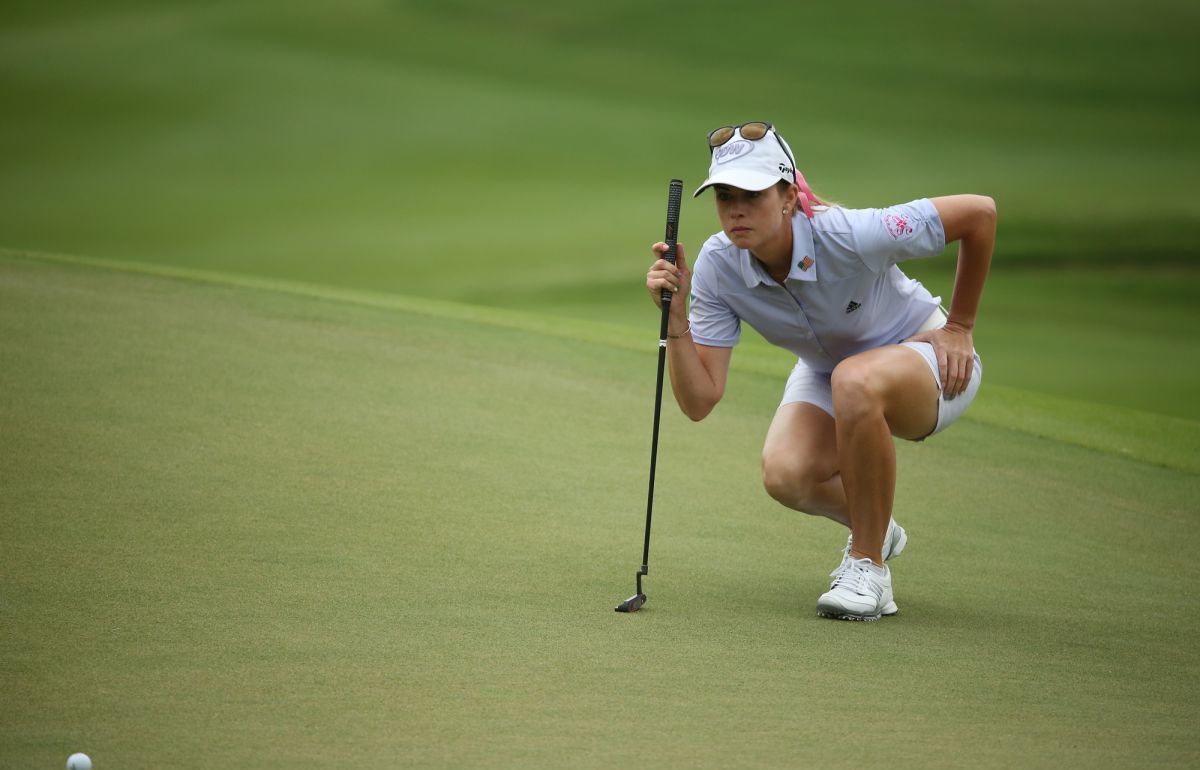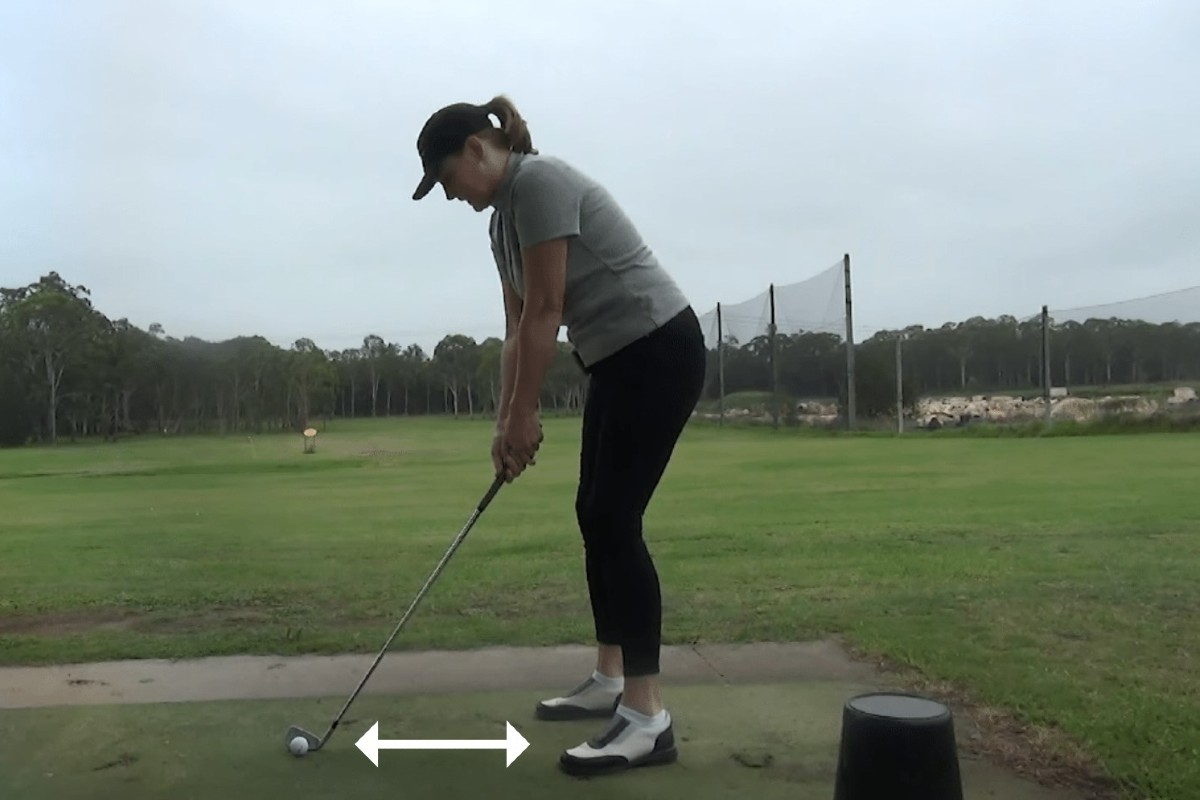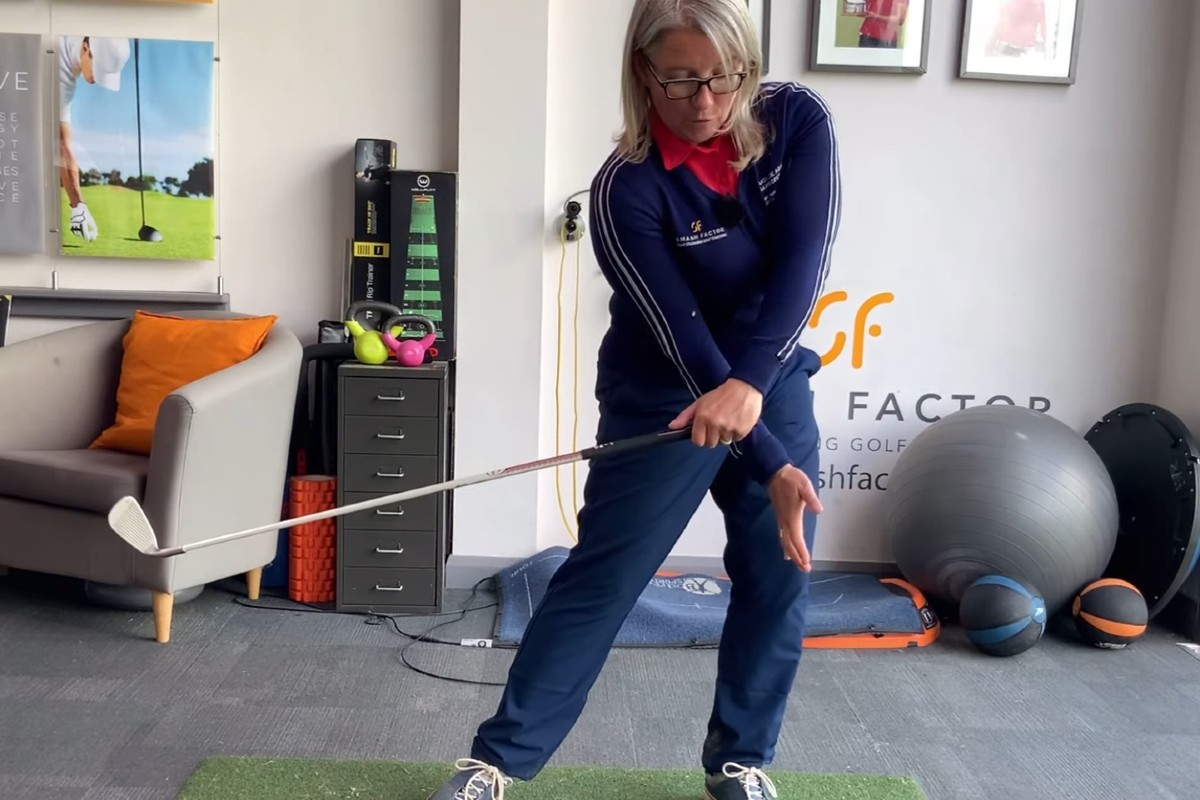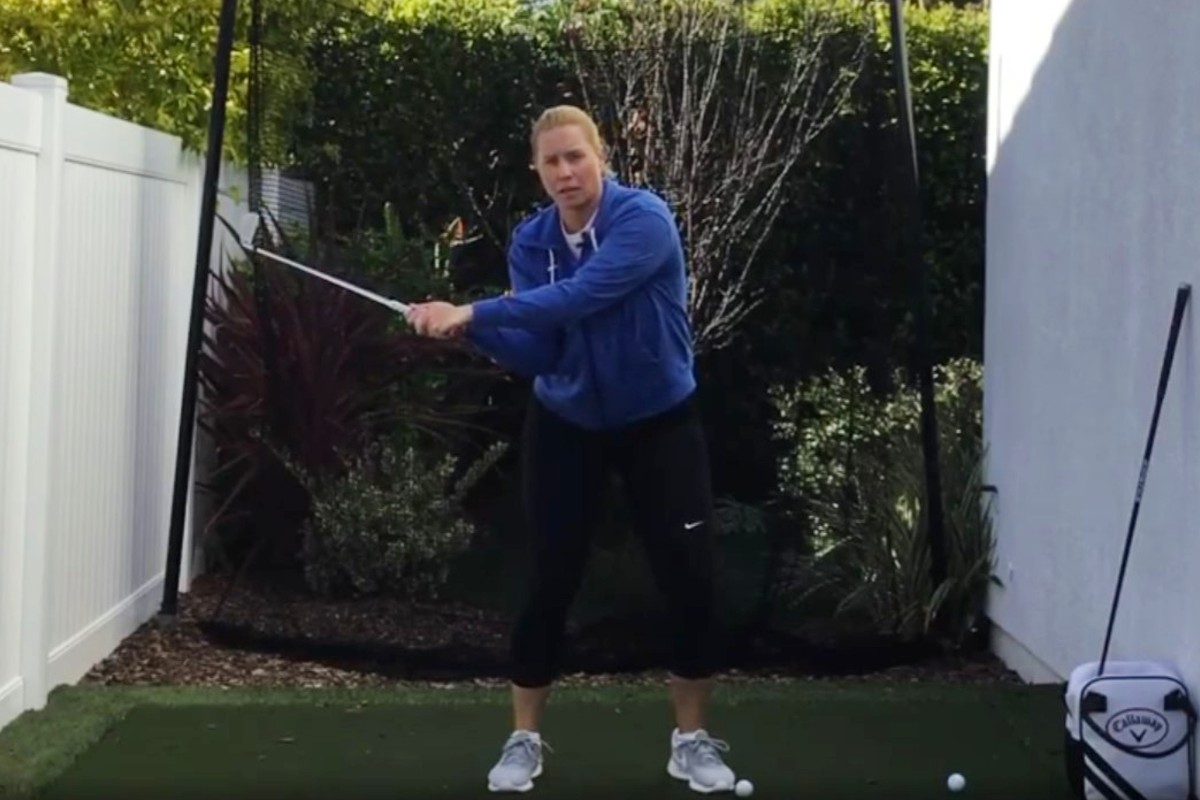You’re faced with a 50 footer and have to get down in two to win the club championship. What thoughts are going through your mind? Do you lag it and try to leave it a bit short? Do you run it past a bit to make sure you at least give it a chance? Are you actually thinking about making it or leaving it within a 3-foot circle?
There are seriously a lot of important decisions to be made here, much less getting the right read on the putt and dealing with your nerves. Depending on what you’ve been taught, what you’ve read or seen on t.v. or what you own personal experience with long putts has been, you may already have your own rule by which to play by.
Tough Decisions are Made on the Green
The decision to go for it or lag it actually lies mostly in the situation at hand. If you are in a tournament and it’s the 18th hole and to win you have to sink it, well then absolutely you should go for it. If on the other hand, a 3 putt will put you out of the running, then you have to lag it to tap in distance. A skilled player I believe will analyze the situation, note where they are positioned with the field, weigh the consequences and make a very calculated decision.
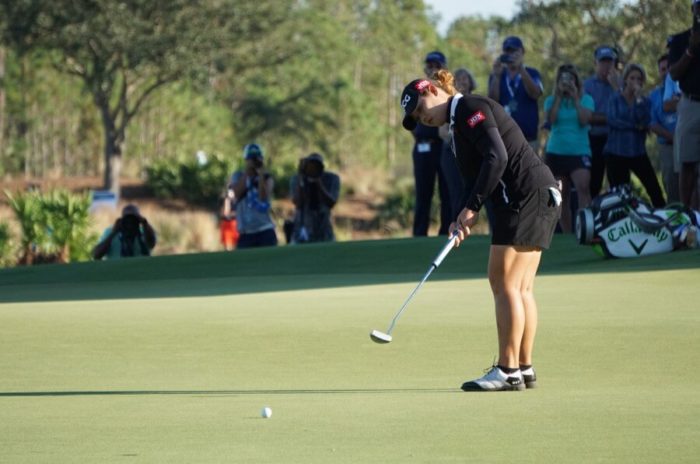
I doubt there is hardly a golfer reading this article that hasn’t heard about the infamous “3-Foot Circle”. The reason the 3-Foot Circle became such a huge area of focus in golf instruction is that it was discovered from this distance professionals make the vast majority of their putts; 92%.
With that kind of information, all golfers from rank beginners to touring professionals should definitely pay attention. Could it possibly be a bit overrated though? Well, the stats prove it’s importance, but according to Jay Delsing, a skilled putter and PGA Tour/Champions Tour player people become too focused on the 3 Foot Circle and actually lose sight of making the putt. Jay, like many great putters, try to make every putt they see. So shouldn’t you? My answer is yes. You can have it both ways. You can try to make, it, but roll it on such good speed that if you don’t make it you still have a tap in.
Be Properly Prepared so Worst Case is a Tap In
So what are the steps you should take to make sure that you leave a gimmie?
STEP 1. Start reading the putt before you even step foot on the green. Studying the landscape and the surroundings of the green can sometimes give you a better idea of what the ball is going to do than standing right over it. Look for water, lakes, rivers, creeks, etc. that the land may slope towards. Look for hills and mountains that it might slope away from. By the time you get to your ball, you should pretty much know what you are going to do with the putt.
STEP 2. Read the putt by covering all bases; view it from 360 degrees. One of the biggest mistakes players make on the greens is rushing it and only looking at the putt from behind their ball. A quick 30-second walk around the ball can go a long way in helping you feel the break of the putt. Pay attention to your feet and try to feel when you are going uphill or downhill. Also, study the pressure on your feet. Whichever one feels the most pressure is probably the lowest of your feet so you can get a good read on sidehill break left or right. Make sure to take a quick squat on the back side of the hole because you will get a better read from there 9 times out of 10.
STEP 3. Maintain a solid pre-putt routine. Your pre-shot routine is as physical as it is mental. After you go through your reading the green routine make sure to take your practice strokes the same way and set up to the ball the same way every time. The fewer variables the better, especially when you are under pressure.
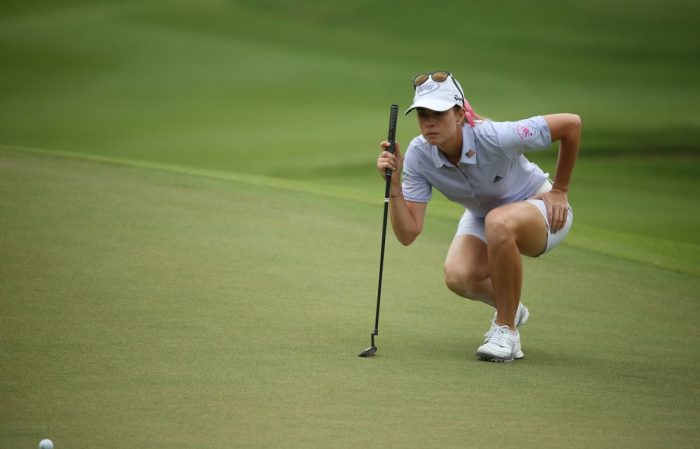
STEP 4. Make realistic practice strokes while constantly looking up at the hole. Another common mistake is to not be aware of what you are doing with your practice strokes. What a lot of people don’t realize is that their practice stroke is 4 inches long when they are going for a 50 footer. Or perhaps it’s the opposite and their practice stroke is a foot long for a 2-foot putt. Awareness is the key here. Make sure your practice stroke is a rehearsal for the stroke you intend to make. That means the length of the stroke and the amount of power you are applying should be appropriate for the putt you are facing.
The Situation
You aren’t sure if you should lag a long putt or go for it.
The Solution
Make a calculated decision about where you stand with the field, what your strengths are and what previous experience has taught you. Only you know your game, your mind and your nerves. Make every effort to follow 4 important steps:
- Start reading the putt before you even step foot on the green
- Read the putt by covering all bases; view it from 360 degrees
- Maintain a solid pre-putt routine
- Make realistic practice strokes while constantly looking up at the hole
After taking these steps you should be able to confidently try to hole the putt, but even if you don’t at least you tried and you will leave yourself a simple tap in.

